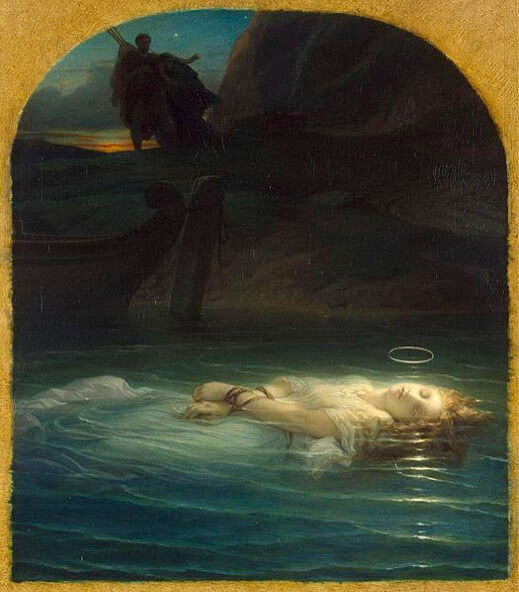Emphasis
Emphasis refers to the focal point of a work, or the part that the eye is usually drawn to first. Emphasis is also sometimes called dominance. Artists use this principle to demonstrate the significance of a certain object. Generally, the feature that is most emphasized carries the most significance. Artists can emphasize an object by making it larger (changing the proportions) or using different colors. Placing an object in the center of a work also adds emphasis, since we usually start by looking at the center of a work before the eye moves outward.

Fig 4.5. Portal from the Cathedral of Notre Dame, Paris, France.
Image courtesy of Wikimedia Commons.
Figure 4.5 shows a sculpture that adorns the Cathedral of Notre Dame in Paris. The image of Christ is the emphasized, or dominant, figure in the sculpture. This emphasis is achieved through his size (he is the largest figure in the sculpture), as well as through his placement in the center of the sculpture.
Emphasis can also be created by using lines of sight (the direction figures in the composition are looking). If the people in a painting are all looking towards one object, the viewer is naturally drawn to look in the same direction. Figure 4.2 (on the Introduction page) demonstrates this quality, although the lines of sight are created by the sheep, rather than people. Notice how all six sheep are looking towards the central figure of the shepherd.
Light also creates emphasis. In figure 4.6, the focal point is the lightest area, in the bottom left corner. The eye immediately moves towards this point.
Reflection Question
In this painting, what is emphasized? How do the proportions of the two figures compare? What is achieved by painting them with different sizes?
Header Art Image Courtesy of Wikimedia Commons.


